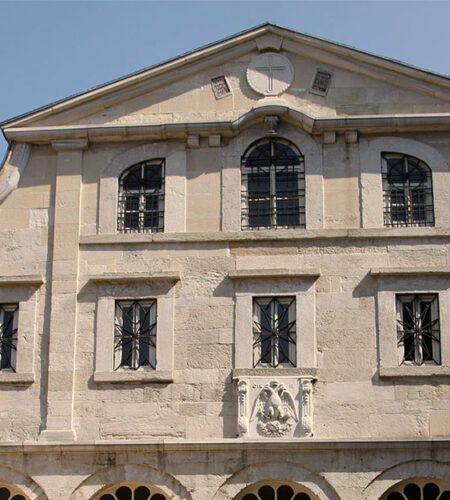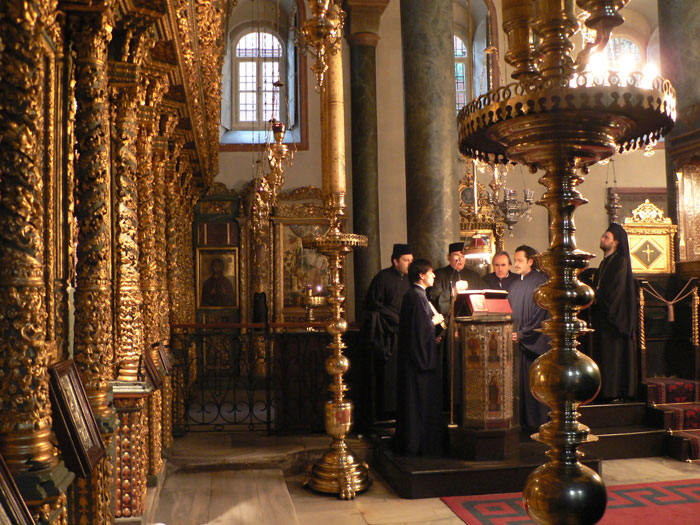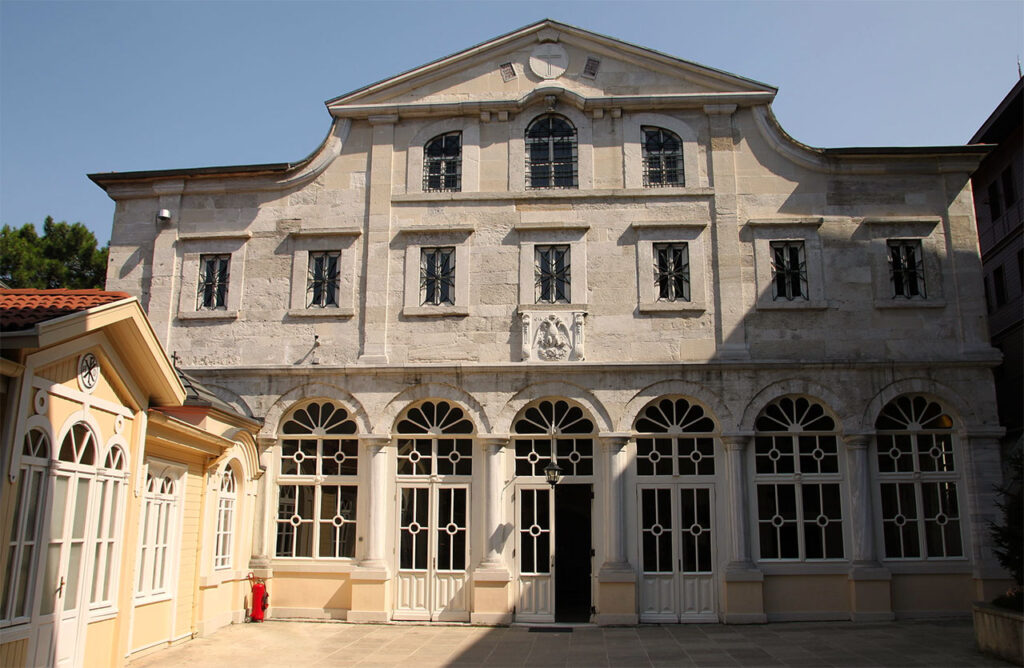Istanbul, where East meets West, boasts an intriguing blend of historical wonders and architectural marvels. One of its treasures is St. George’s Cathedral, a well-known religious destination that Christians and admirers of Istanbul’s multiculturalism cherish.
The Past Being Revealed
As the primary cathedral of the Ecumenical Patriarchate of Constantinople, St. George’s Cathedral holds great importance as a heart for the Eastern Orthodox Church. Also known as the Venerable Patriarchal Church of Saint George, it stands proudly in Istanbul’s Fener neighborhood on the western bank of the Golden Horn.
The intertwined history of this city and St. George’s Cathedral dates back centuries. Over time, this sacred place underwent numerous reconstructions and alterations to embody both the city’s rich heritage and Christianity at large.
Significance
St. George’s Cathedral holds tremendous spiritual significance as it serves as a beacon for Eastern Orthodox Christians worldwide who recognize it as their spiritual headquarters within the Ecumenical Patriarchate—an essential center for theological and cultural life.
Symbolizing unity, Istanbul was once known as Constantinople, the capital of the Byzantine Empire, before falling under Ottoman rule in 1453. St. George’s Cathedral stands as a testament to Christianity persevering through adversity and change even after that pivotal event in history—a lasting reminder of its enduring influence.
Architectural Marvels
The cathedral showcases Byzantine architectural elements that magnetize all who see them. Its grand dome and intricate mosaics adorned with elaborate details depict Byzantine church architecture at its finest.
Cover photos (retouched) by Adam Carr and Klearchos Kapoutsis



